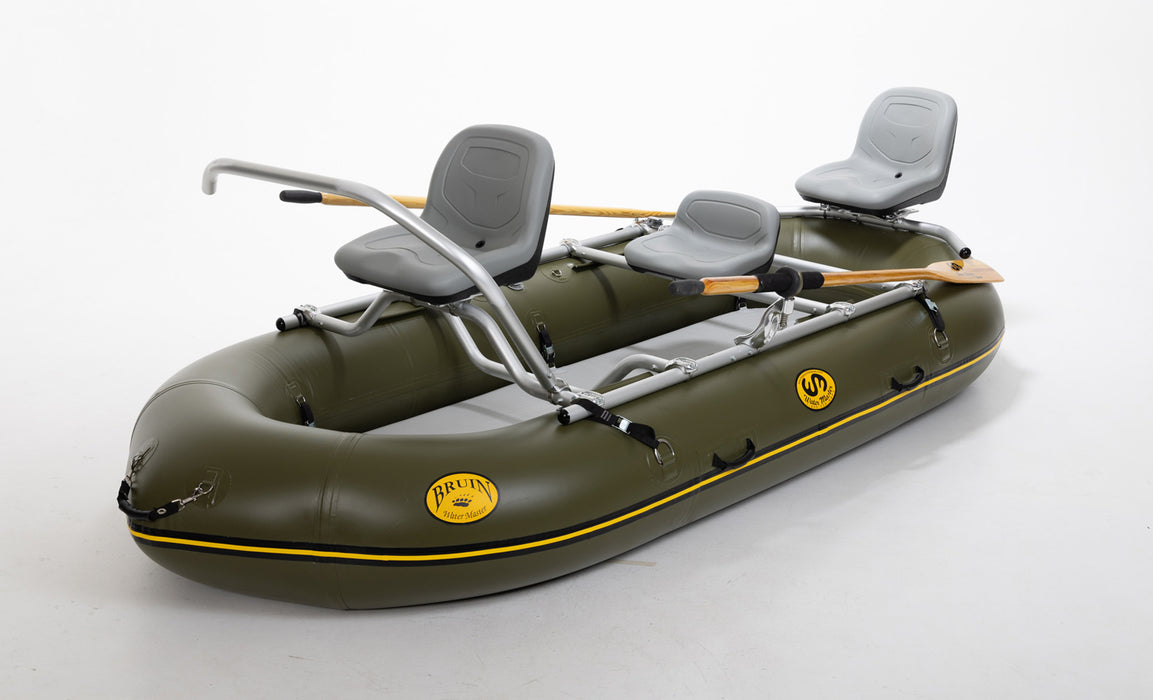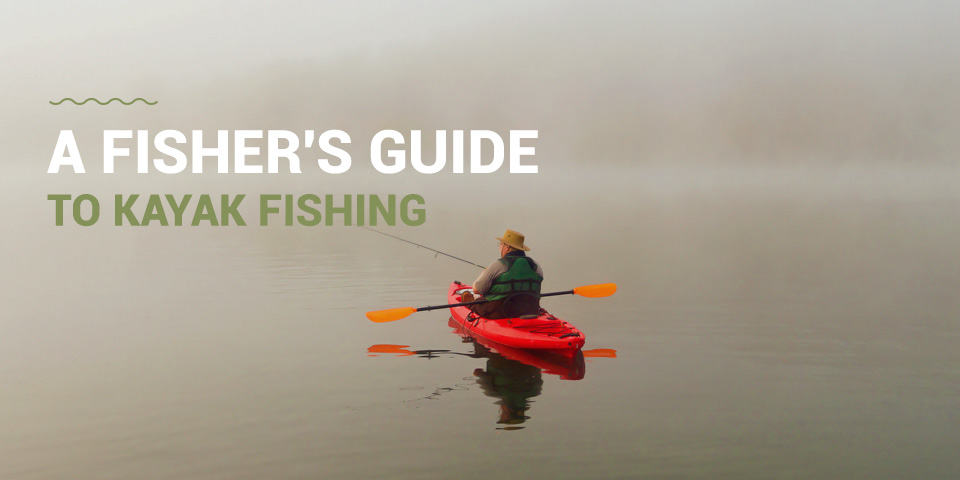Kayak fishing techniques involve stealthy paddling and precise lure placement. Mastery of balancing and casting skills is essential.
Kayak fishing has become an increasingly popular sport due to its affordability and access to remote waters. Engaging in this activity combines the tranquility of being on the water with the thrill of the catch. Unlike boat fishing, kayak anglers must consider the kayak’s stability and limited space while employing strategies for casting and retrieving.
Key techniques include using the kayak’s mobility to your advantage, learning to cast one-handed, and managing your gear efficiently. Kayak fishing not only offers a challenging twist to traditional angling but also allows for a more intimate connection with nature. Perfecting these skills can lead to both a serene and exciting angling experience.

Credit: www.varivas.fishing
Introduction To Kayak Fishing
Imagine gliding silently through the water, your fishing line trailing behind you, as nature surrounds you on all sides. This serene image captures the essence of kayak fishing, a sport that melds adventure with the age-old pursuit of fishing. Kayak fishing offers an intimate water experience that larger boats can’t match.
Understanding The Popularity Of Kayak Fishing
Once a quiet niche in the angling world, kayak fishing has gained a massive following. Reasons for its rising popularity include its low entry cost, ease of access to diverse waterways, and the thrill of a close-to-the-water catch. With the adaptability to target both freshwater and saltwater species, kayakers can explore areas off-limits to traditional boats.
Benefits Of Kayak Fishing Over Traditional Boat Fishing
- Stealth: Kayaks hardly make a ripple, allowing anglers to approach fish unnoticed.
- Accessibility: Launch a kayak from almost any shoreline or dock.
- Affordability: No fuel costs and lower maintenance expenses.
- Exercise: Paddling a kayak is a great full-body workout.
- Eco-friendly: Kayaks have no emissions, protecting the environment.
Essential Gear For Kayak Angling
While the gear you choose can vary based on your target species and environment, certain items are crucial for every kayak angler.
| Gear | Description | Reason |
|---|---|---|
| Kayak | Sit-on-top or sit-in models designed for stability and storage. | Foundation of your angling adventure. |
| Paddle | Lightweight and durable, either fiberglass or carbon fiber. | Your primary means of transportation. |
| Personal Floatation Device (PFD) | US Coast Guard-approved life vest for safety. | Essential for keeping you safe on the water. |
| Fishing Gear | Rods, reels, line, tackle, and bait specific to your fishing style. | Tools you need to catch fish effectively. |
| Kayak Fishing Accessories | Anchor system, rod holders, gear tracks, and fish finders. | Enhances your fishing experience and success. |

Credit: redsflyfishing.com
The Art Of Stealth: Approaching Your Prey
Kayak fishing thrives on the element of surprise. Getting close to fish without spooking them is an art. It’s vital to master stealth techniques. A silent approach can mean the difference between success and a day of empty catches.
Importance Of Quiet Movement And Stealth In Kayak Fishing
Quiet movement is key in kayak fishing. It helps anglers get closer to their target without alarming them. Fish can detect vibrations and noise. These can scare them away. Stealth relies on being unseen and unheard. This gives anglers an upper hand.
Paddle Techniques For Silent Approach
- Use slow strokes. Move the paddle gently through the water.
- Avoid slapping the water. This creates noise and sends vibrations.
- Keep the paddle close to the kayak. It reduces the chance of wide, splashy strokes.
Practicing these techniques improves stealth and success rates.
Positioning The Kayak Strategically To Avoid Detection
Strategic positioning is crucial. The goal is to blend with the surroundings. Approach your target against the wind. Fish find it hard to detect you this way. Face the sunlight. This makes it difficult for fish to spot your silhouette. Use natural covers like reeds or docks to your advantage. These simple strategies keep you hidden, giving you a clear advantage.
Advanced Kayak Fishing Techniques
Want to up your kayak fishing game? Dive into these advanced techniques to become a master on the water. From precise casting strategies to harnessing the power of electronics, these tips will transform your approach and improve your catches. Let’s paddle deeper into the advanced world of kayak fishing.
Casting Strategies From A Kayak
Perfecting your cast from the limited space of a kayak is crucial. You need skill and precision to land the lure exactly where the fish are.
- Sidearm casts – keep your lure low and sneak it under foliage.
- Pitching – ideal for dropping baits quietly around structures.
- Overhead casts – great for distance but watch for wind and obstacles.
Each cast requires practice. Stay mindful of your kayak’s stability as you cast. A fluid, controlled movement is your friend.
Mastering The Drift And Anchor Techniques
Controlling movement while on the water impacts your success.
Drifting lets you cover a wider area without scaring fish. Use natural currents to your advantage.
- Cast downwind.
- Let the kayak glide.
- Hold your rod steady.
Anchoring offers a solid fishing platform. It’s best when you find a hotspot.
- Use an anchor trolley – Positions your kayak correctly.
- Anchor in shallow water – Use a stake-out pole for quick stops.
Effective Use Of Kayak Fishing Electronics
Kayak electronics are game-changers. Use them to find hotspots and track your catches.
Fish finders and GPS units are popular choices. They help locate schools and structure.
| Device | Function |
|---|---|
| Fish Finder | Locate fish and measure water depth. |
| GPS | Mark spots and navigate waters. |
Invest in waterproof and compact models. They should mount securely to your kayak.
Catch And Release: Sustainable Kayak Fishing Practices
Kayak fishing blends adventure with the art of angling. Yet, the rise in its popularity calls for responsible fishing methods. Catch and Release: Sustainable Kayak Fishing Practices ensure we maintain healthy fish populations. These practices help protect the aquatic ecosystem for future generations.
Best Practices For Ethical Catch And Release
Keep fish in water as much as possible. Use barbless hooks for easier removal. Handle fish with wet hands or gloves to protect their slime coat. Revive fish by moving them in a forward motion in water before release. Release them away from predators.
Understanding Local Regulations And Species Conservation
Research and respect local fishing regulations. Know size and bag limits. Learn about the species in the area. Understand their role in the ecosystem. Practice selective harvesting. Keep only what you need while prioritizing the release of vulnerable species.
Equipment Modifications For Safe Catch And Release
Use rubberized nets to protect fish from injury. Modify tackle to minimize harm. Employ circle hooks to avoid deep hooking. Avoid stainless steel hooks which don’t degrade in water. Weigh fish using a sling or net rather than hanging by the lip.

Credit: www.ez-dock.com
Frequently Asked Questions Of Kayak Fishing Techniques
What Is The Best Bait For Kayak Fishing?
The best bait for kayak fishing varies by target species, but live bait such as shrimp, minnows, or worms is highly effective.
How Do You Fish While Kayaking?
Choose a stable kayak. Secure gear with leashes. Cast lines in quiet, productive spots. Maintain balance when reeling in fish. Use a compact, lightweight rod for easy handling.
Is Fishing From A Kayak Difficult?
Fishing from a kayak can be challenging for beginners, but with practice, it becomes manageable. Stability and casting techniques are key to mastering kayak fishing.
What Lures To Troll On Kayak?
For trolling on a kayak, use lightweight, shallow-running lures such as spoons, soft plastic swimbaits, and small crankbaits. Choose lures that mimic local fish species for optimum results.
Conclusion
Embarking on a kayak fishing adventure combines the thrill of the catch with the serenity of paddling. Each technique we’ve discussed offers its own path to success, from jigging to drift fishing. Remember, practice makes perfect. So grab your gear, hit the water, and let the tranquility of nature amplify the excitement of the chase.
Explore these methods, respect the ecosystem, and enjoy the bountiful experiences kayak fishing provides.

